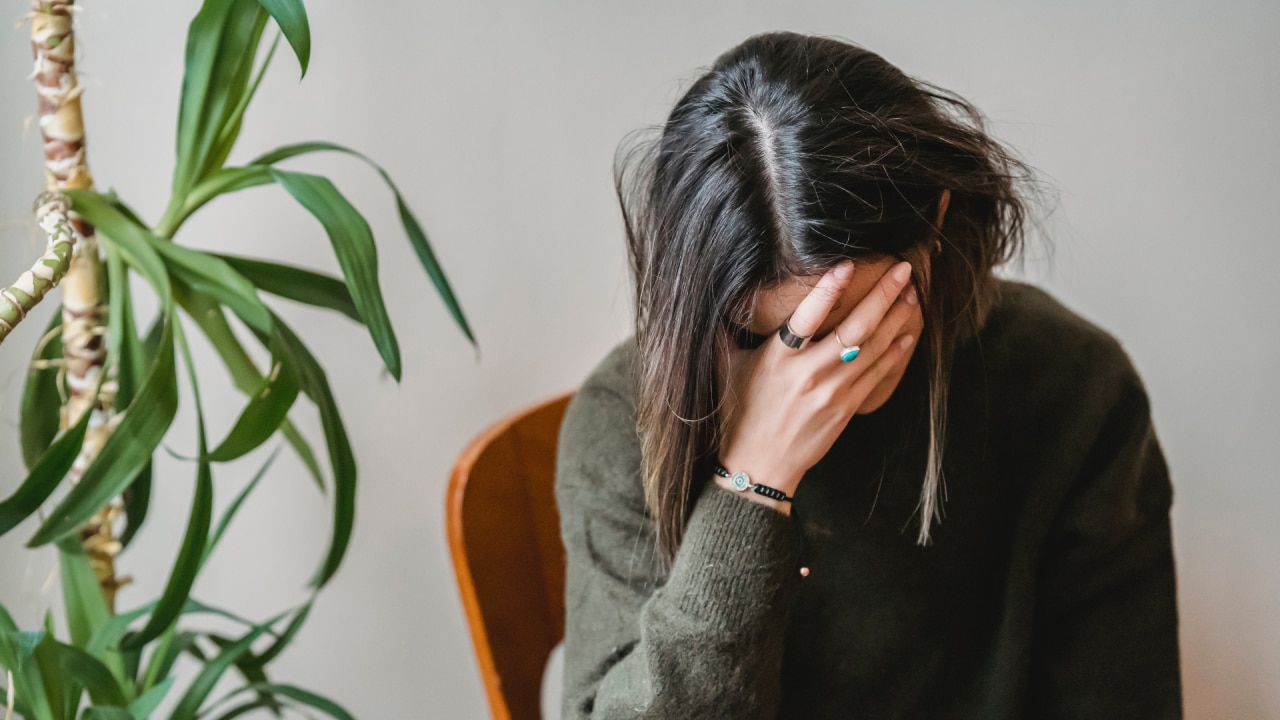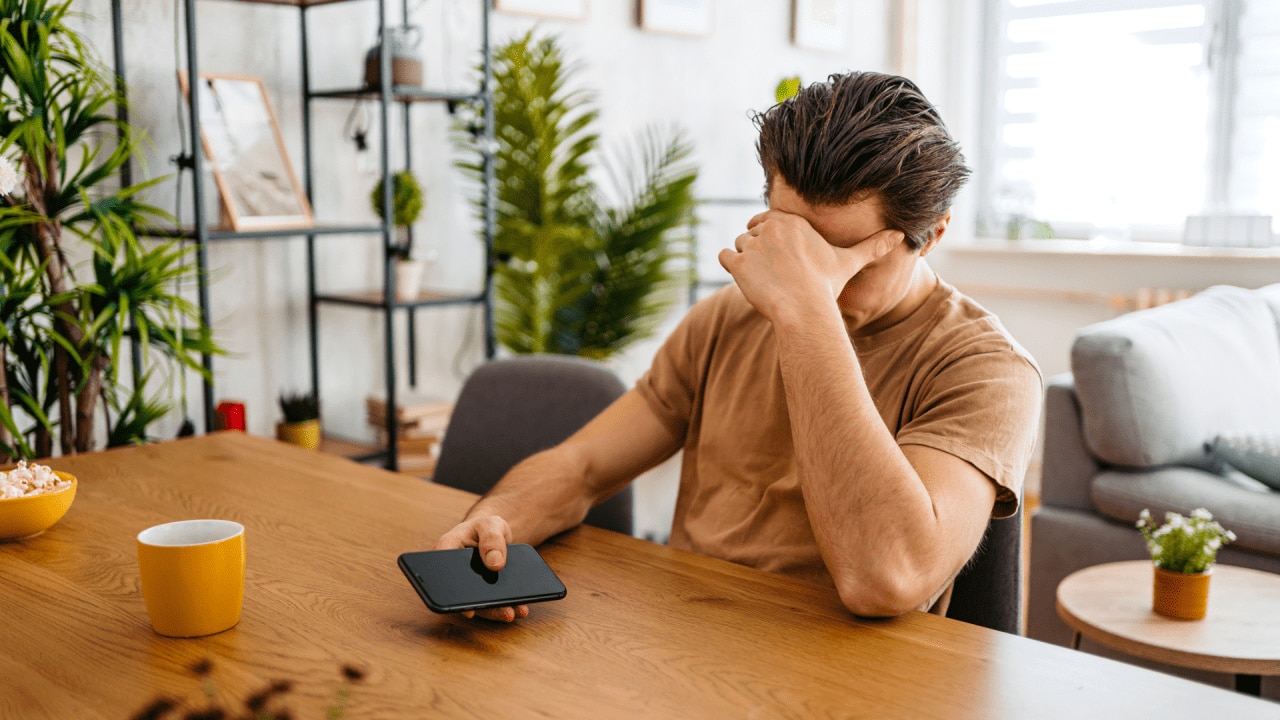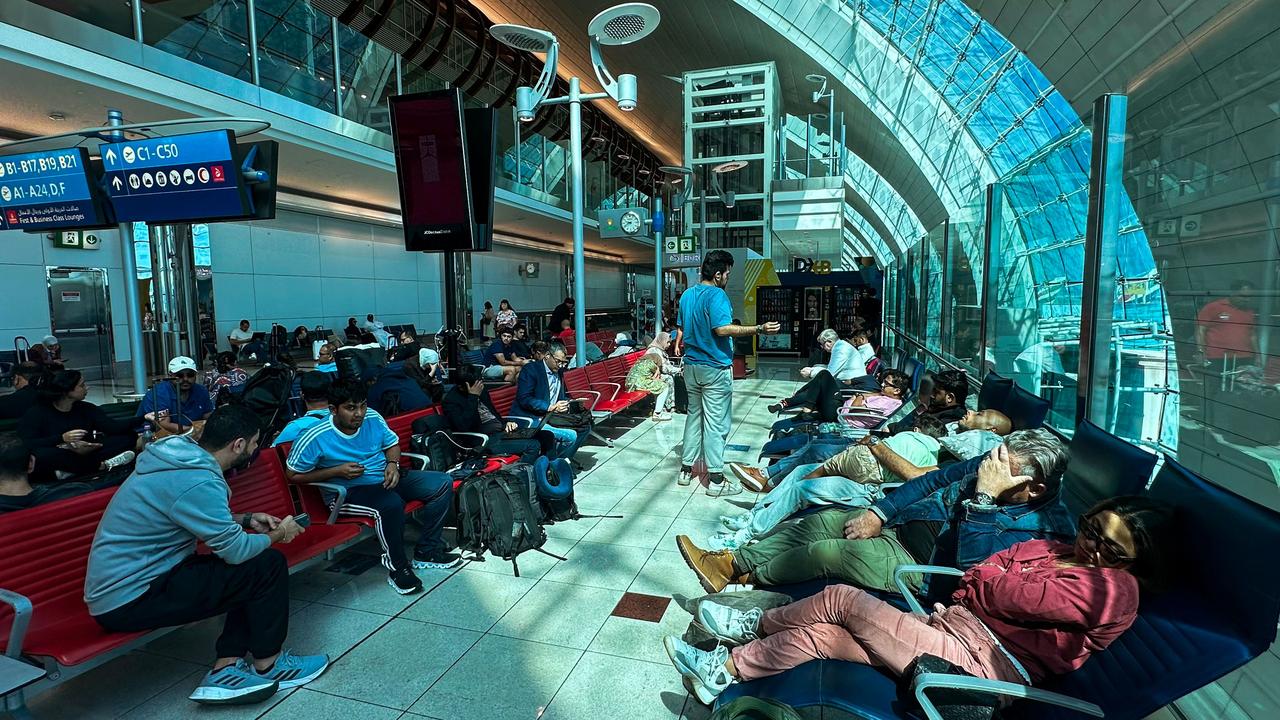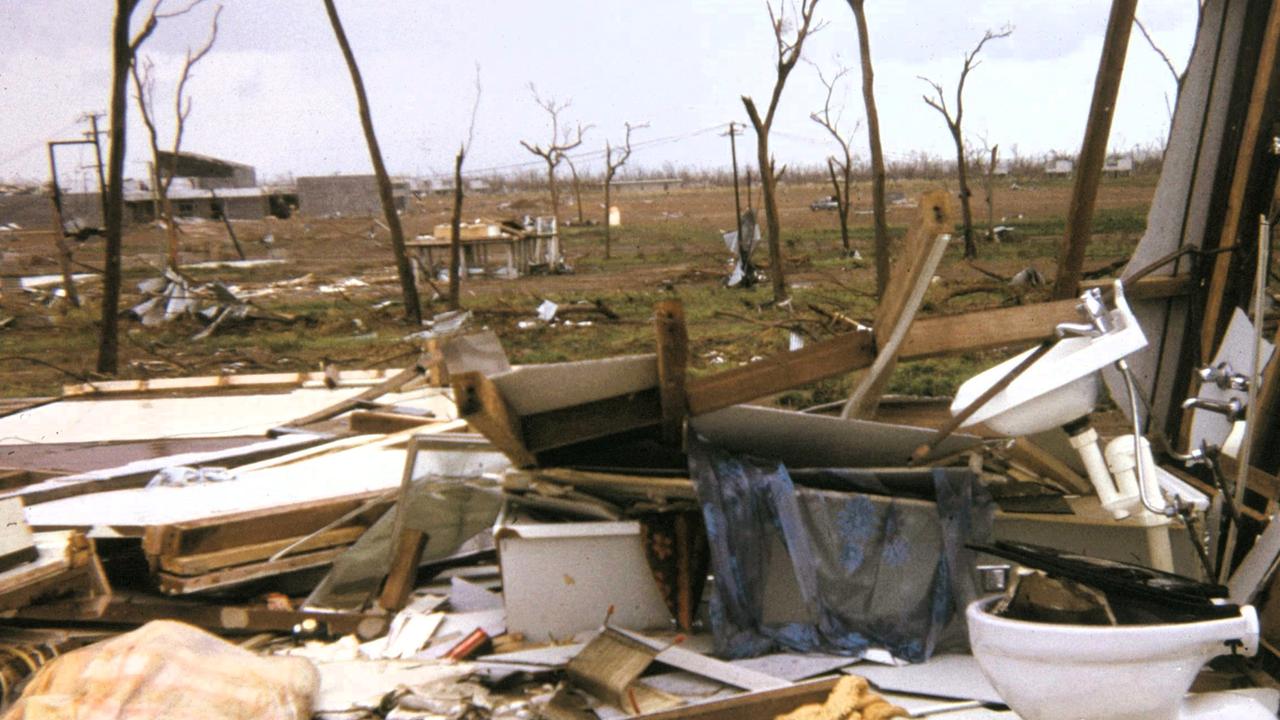So, do we all have anxiety these days?
We're more anxious than ever before

Lifestyle
Don't miss out on the headlines from Lifestyle. Followed categories will be added to My News.
After the collective ride we've been on these past few years, it's little wonder many of us are feeling out of sorts. But if your day-to-day worries have started to spiral out of control, you may have labelled it as anxiety. Here's how to spot the telltale signs - and when to seek professional help.
“Do you guys ever think about death?”
While a question like this brings a choreographed dance number to a grinding halt in Barbie land, it might not raise an eyebrow in our real, much less plastic world.
Anxiety is now so common among millennials and Gen-Z that there are entire meme pages, viral Instagram reels, and Tik Tok hashtags dedicated to describing the experience.
But if social media trends aren’t enough to convince you, in 2022, the World Health Organisation reported a 25 per cent increase in the prevalence of anxiety worldwide in the year post the emergence of Covid. And more recent statistics from the Liptember Foundation 2023 National Research Study, which surveyed almost 5,000 Aussie women, reported that almost one in two females (44 per cent) are currently experiencing anxiety.
Like what you see? Sign up to our bodyandsoul.com.au newsletter for more stories like this
So, if we’re all a bunch of nervous Nellies, it must just be a normal part of living in these times, right?
Well, yes, and no.
While it’s brilliant that the taboo surrounding mental health conditions is slowly lifting, we must be mindful not to normalise mental illness to the extent that we don’t seek help or treatment to manage it.
Firstly, what is anxiety?
Nahum Kozak is a senior psychologist at Lighthouse Relationships Psychology and Counselling in Brisbane, and much of his work centres around helping people identify and manage symptoms of anxiety.
He explains anxiety as “the feeling of unease or worry you might get when faced with a challenging situation” while noting that physiologically, excitement and anxiety are very similar. “They’re both activating or ‘aroused’ emotions. Both come with an increase in heart rate and the release of cortisol, preparing the body for action.”
Kozak explains that like all emotions, anxiety is there for a good reason. “All the cave people who thought, ‘Ok, there’s a lion coming over here but no stress, I’m not going to get anxious about that, it’ll probably be fine,’ – those people ended up as lion snacks.”
It’s when we start to feel symptoms of anxiety either chronically or out of their useful context, that things can get a bit dicey.

But how do we know if it’s ‘bad’ enough to actually seek help?
When it comes to getting a handle on our mental health, it’s a case of the earlier, the better.
Kozak is a big believer in seeking help early when our mental health symptoms are starting to impact our daily lives. “Whether you are experiencing mild anxiety or a full-blown anxiety disorder, you are worth investing in,” he says.
Kovak lays out eight key indicators that it might be time to seek professional help:
1. Persistent and excessive worry
If you find yourself constantly worrying about various aspects of your life, even when there's no apparent reason, it could be a sign of an anxiety disorder.
2. Physical symptoms
Anxiety can show up as physical symptoms like heart palpitations, shortness of breath, sweating, trembling, or tummy trouble issues. If these symptoms are recurrent and interfere with your daily activities they shouldn’t be ignored.
3. Avoidance
When anxiety becomes overwhelming, people may start avoiding situations, places, conversational topics, or activities they fear might trigger their anxiety. This avoidance can lead to social isolation and further exacerbate the anxiety.
4. Impact on relationships
When anxiety is causing strain on your relationships with friends, family, or colleagues.
5. Changes in sleep patterns
Anxiety can disrupt sleep, leading to difficulty falling asleep, staying asleep, or experiencing restless nights.
6. Impairment in getting through the day-to-day
When anxiety is making it hard for you to concentrate, focus, or perform well at work, home or school.
7. Panic attacks
Experiencing sudden and intense episodes of fear or panic, sometimes including physical symptoms like chest pain and dizziness.
8. ‘Ruminating’ thoughts
Constantly replaying distressing thoughts in your mind and being unable to let go of them could be a sign of anxiety.

What kind of treatment options are there?
The great news is there are multiple avenues available if you decide it’s time to take action and treat your anxiety.
Professional-led therapies
There are a number of different therapies available, and the path your therapy takes will depend on your specific circumstances.
According to Novak, “A professional might suggest therapy, such as cognitive-behavioural therapy (CBT) or acceptance-commitment therapy (ACT), both of which can be highly effective for anxiety. Then depending on the needs that emerge, more specific therapy might be indicated – for example, if the symptoms are actually related to past trauma, having specific treatment for that trauma might be the most effective way forward.”
There are other therapies, such as eye movement desensitisation and reprocessing (EMDR), which can be especially helpful in the treatment of post-traumatic stress disorder (PTSD), and exposure therapy, which can help with reintroducing activities that have become too stressful for the individual to engage in, for example driving or taking public transport.
Medication
Another option is exploring the use of medications designed to change the chemical processes in the brain that lead to symptoms of anxiety. These are commonly known as antidepressants, but they are also used in the treatment of some anxiety disorders. The two most common medications used for this purpose are selective serotonin reuptake inhibitors (SSRIs) and serotonin noradrenaline reuptake inhibitors (SNRIs).
You will need to chat with your GP about your eligibility for antidepressant medication and get a deeper understanding of whether it’s a good option for your circumstances.
Ironically, there can be a lot of, well, anxiety about whether or not to start taking medication, but when overseen by a professional and taken properly, these drugs can be instrumental in improving symptoms and enhancing the quality of life.
Self-help interventions
If you’re not quite ready to speak with a professional, you may want to try some self-help techniques with proven benefits when it comes to stress reduction and anxiety management.
Some of these include reducing caffeine, daily meditation, daily physical activity (ideally outdoors), and cultivating self-compassion - you can find more strategies for managing anxiety at the Beyond Blue website here.
More Coverage
Originally published as So, do we all have anxiety these days?








